Jeju Starlight World Park and Planetarium (제주별빛누리공원)
14.8Km 2025-08-08
60 Seondolmokdong-gil, Jeju-si, Jeju-do
+82-64-728-8900
Jeju Starlight World Park and Planetarium is an astronomical theme park offering the opportunity to observe realistic images of the universe through its 4D theater and planetarium. The park has various exhbitions related to the solar system and interactive activities. On a clear night, visitors can observe of distant planets and star clusters using astronomical telescopes at the observatory. Even when the observatory is closed, the planetarium's location at the rural hilltop allows visitors to enjoy stargazing and the view of downtown's city lights.
Jeju 4.3 Peace Park (제주4·3평화공원)
14.8Km 2021-06-18
430, Myeongnim-ro, Jeju-si, Jeju-do
+82-64-723-4344
Mankind tends to only remember the heroes of civilization. Jeju 4.3 Peace Park was created to remember those who fell protecting their homeland during the Jeju uprising which broke out on April 3, 1948. The park is the symbol of reconciliation and peace, and seeks to open a new chapter of life.
The development project of Jeju 4.3 Peace Park was a result of the reparations for the victims of the Jeju uprising. The 4.3 Special law was promulgated in the year 2000, and the following steps proceeded: property acquisition for the park, master plan of the park establishment, design competitions for the park, construction, exhibits and installations. It finally opened to the public on March 28, 2008.
Blaze Resort [Korea Quality]블라제 리조트[한국관광 품질인증]
14.9Km 2024-08-14
274 , Noksan-ro, Seogwipo-si, Jeju-do
+82-64-787-2588
Blaze Resort is a private pension in Pyoseon-myeon, Jeju. It stands on Noksang-ro, a road which is famous for its beautiful springtime display of canola flowers and cherry blossom. The nearby forest trail, doldam dry stone walls, and local oreum (low volcanic hill) make picturesque photo backdrops, and are often used for wedding photo-shoots. Rooms in the pension range from 2-person to 4-person, so groups can be accommodated. There are also swings, slides and flower garden trails around the pension, a restaurant for group meals, and a large auditorium.
Hanwha Resort Jeju (한화리조트 제주)
15.0Km 2025-03-16
575-107, Myeongnim-ro, Jeju-si, Jeju-do
+82-64-725-9000
Hanwha Hotel & Resort is a leading hospitality leisure company with the highest number of condominiums and golf courses across Korea. Hanwha Resort in Jeju offers a wide range of subsidiary facilities and is located nearby many local attractions.
Sangumburi Crater (산굼부리)
15.3Km 2024-11-28
768 Bijarim-ro, Jeju-si, Jeju-do
+82-64-783-9900
Sangumburi Crater has been designated as a Natural Monument. It is located on the southeast side of Jeju, and is a flat crater, about 650 meters wide, 100 meters deep, and 2,070 meters in circumference. If you look at the crater from above up, it looks like a man-made circular stadium. There is a variety of plant-life in the crater. On the north side, Nandaeseong vegetation such as red-thorn trees, and magnolia trees grow, along with the rare winter strawberries. On the south side of the crater, Ondaerim vegetation such as evergreens, maples, and mountain strawberry trees cover the area. Because so many different kinds of trees and plants grow in such a limited space, it attracts the attention of researchers as well.
Jeju Yakcheonsa Temple (약천사(제주))
15.5Km 2024-12-02
293-28 Ieodo-ro, Seogwipo-si, Jeju-do
Jeju Yakcheonsa Temple is the largest temple in Asia. Originally a small hermitage named Yaksuam, it was named Yakcheonsa because of a famous mineral spring ('Yaksu') nearby. It enshrines tombstones of two royal couples from the Joseon Dynasty: King Munjong and his consort, and King Yeongchin and his consort. The temple also offers temple stays for both Koreans and foreigners.
Jeju Stone Park (제주돌문화공원)
15.8Km 2025-10-23
2023 Namjo-ro, Jocheon-eup, Jeju-si, Jeju-do
Located in Jocheon-eup, Jeju-si, Jeju Stone Park was inspired by Jeju's culture and applications of stones. The main theme focuses on the foundation and identity of Jeju Island, based on the myth of Seolmundae Halmang (Grandmother Seolmundae), who created Jeju Island and the stones of Obaek Janggun (Five Hundred Generals). The park serves as a historical and cultural space where collected stones respresent Jeju's foundation and culture.
Gyorae Natural Recreation Forest (교래자연휴양림)
15.8Km 2025-09-16
2023, Namjo-ro, Jocheon-eup, Jeju-si, Jeju-do
Gyorae Natural Recreation Forest, located in Jeju’s Gotjawal region, is a forest park divided into four zones. The recreation zone features forest thatched cottages and an outdoor performance venue. The camping zone includes campgrounds, an outdoor stage, and a futsal field. The ecological experience zone offers opportunities to observe the Gotjawal ecosystem. The forest bathing zone has a 3.5-km Oreum trail leading to Keunjigeuri Oreum. The forest is recognized as healing and relaxation space for people to unwind and find relief from the stresses of daily life.
Seogwipo Gasiri Village (Noksan-ro Canola Flower Road) (서귀포 가시리마을 (녹산로 유채꽃도로))
15.9Km 2024-01-09
20 Gasi-ro 565beon-gil, Pyoseon-myeon, Seogwipo-si, Jeju-do
Seogwipo Gasiri Village is where canola flowers and cherry blossoms bloom simultaneously over a 10-kiliometer section from its access road every April, boasting a picturesque driving route. The combination of yellow canola flowers and light pink cherry blossoms is very special. Selected as one of the “100 Beautiful Roads in Korea,” Gasiri Noksan-ro Road is a road that passes through Noksanjang and Gammajang, which were the best horse farms of the Joseon period, and is currently one of the best canola flower roads in Jeju. As such, it is called the "First Sight of the Ten Sights of Gasiri Village." In addition, visitors can enjoy beautiful natural scenery unique to Jeju, such as Ttarabioreum and Keunsaseumioreum Parastic Cones.
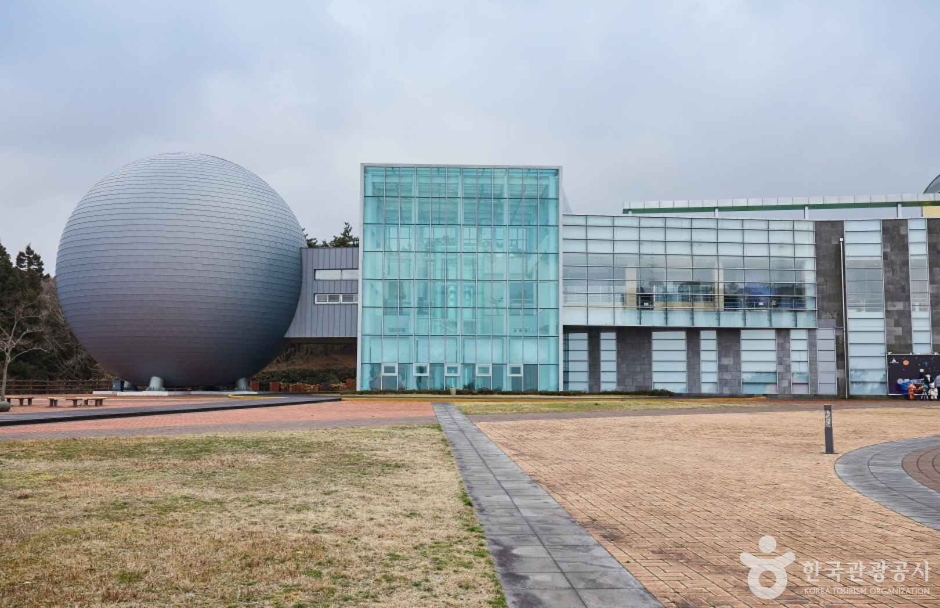
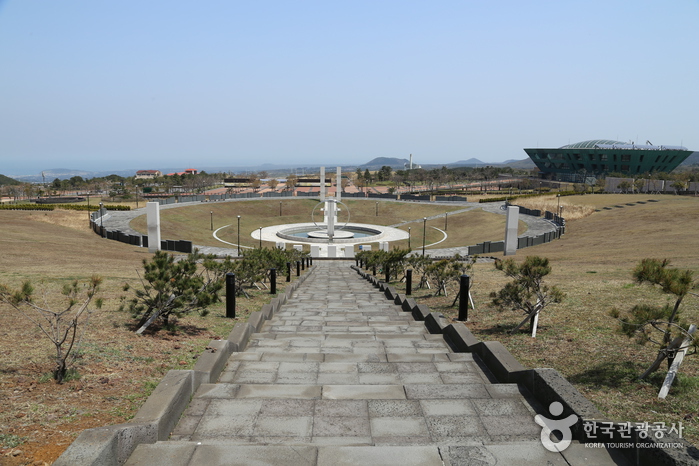
![Blaze Resort [Korea Quality]블라제 리조트[한국관광 품질인증]](http://tong.visitkorea.or.kr/cms/resource/19/2949019_image2_1.jpg)

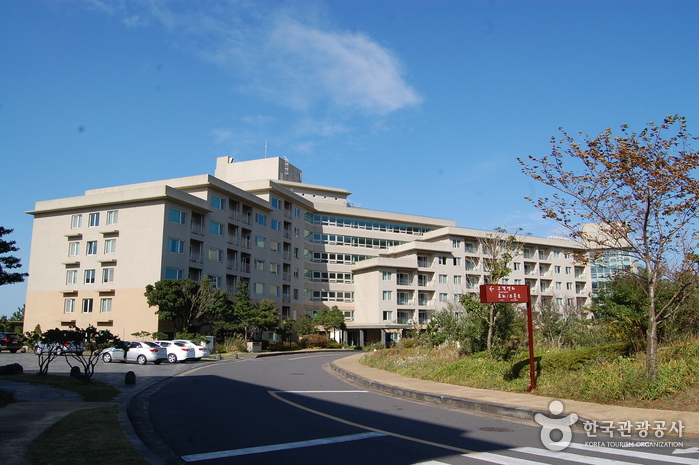
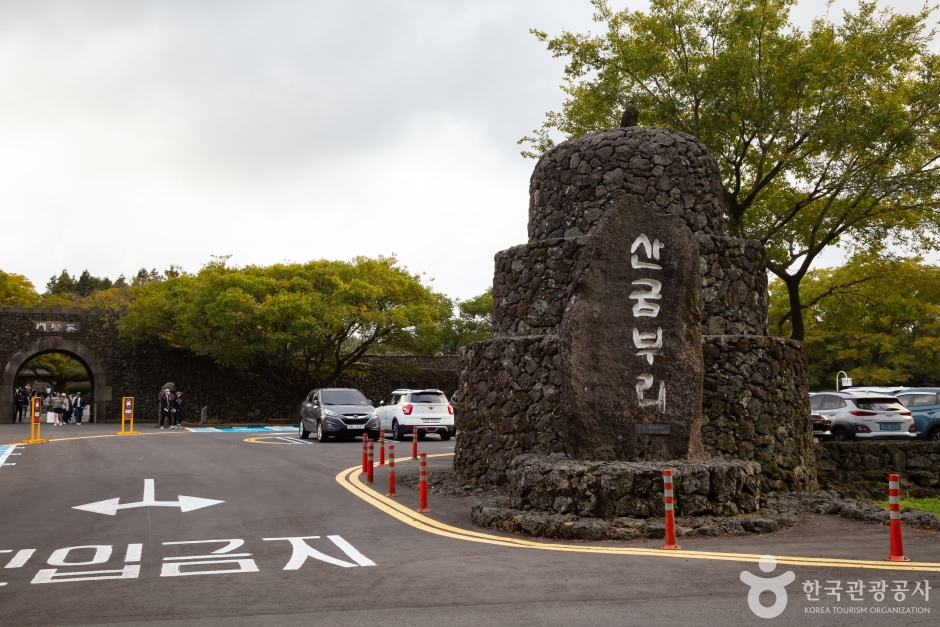
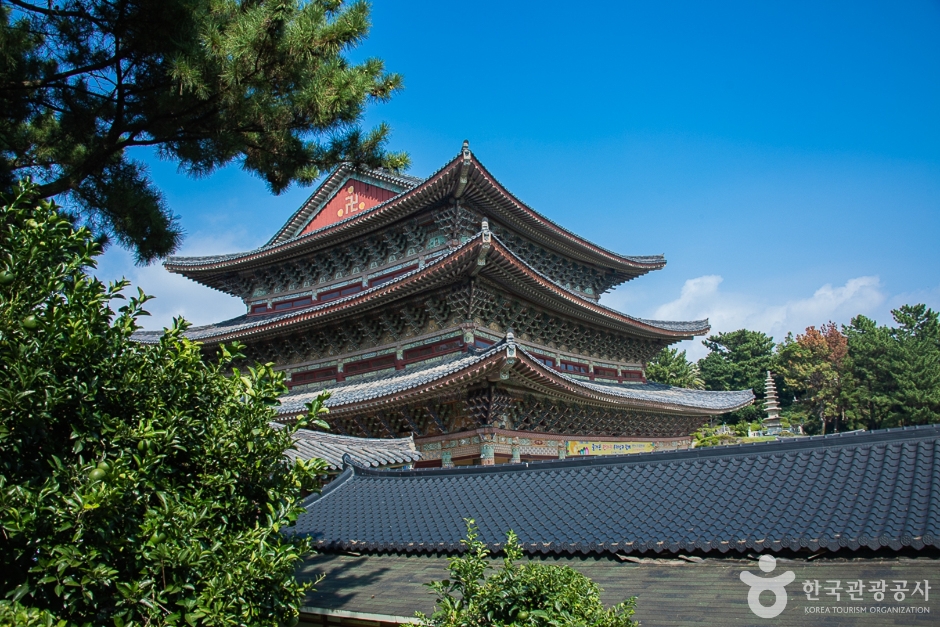
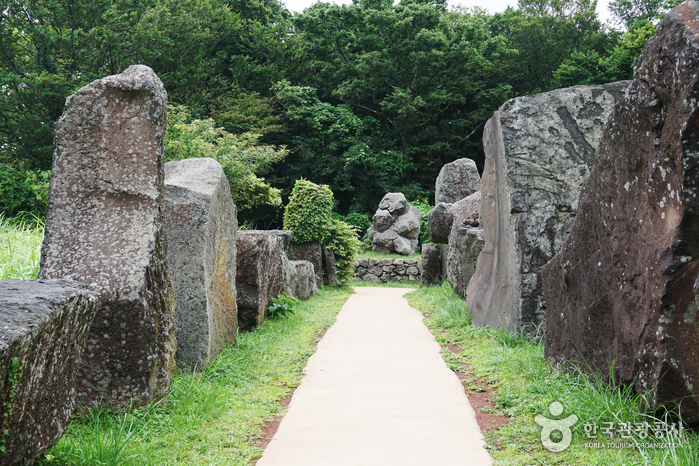
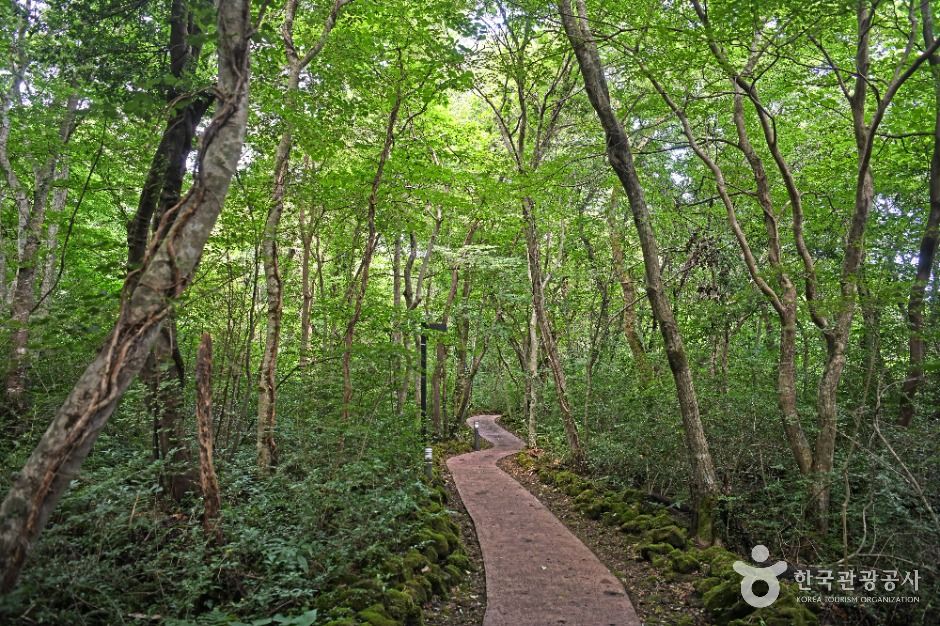
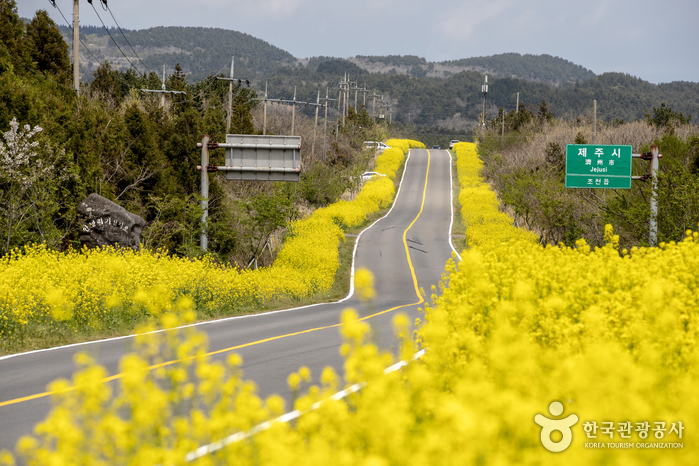
 English
English
 한국어
한국어 日本語
日本語 中文(简体)
中文(简体) Deutsch
Deutsch Français
Français Español
Español Русский
Русский